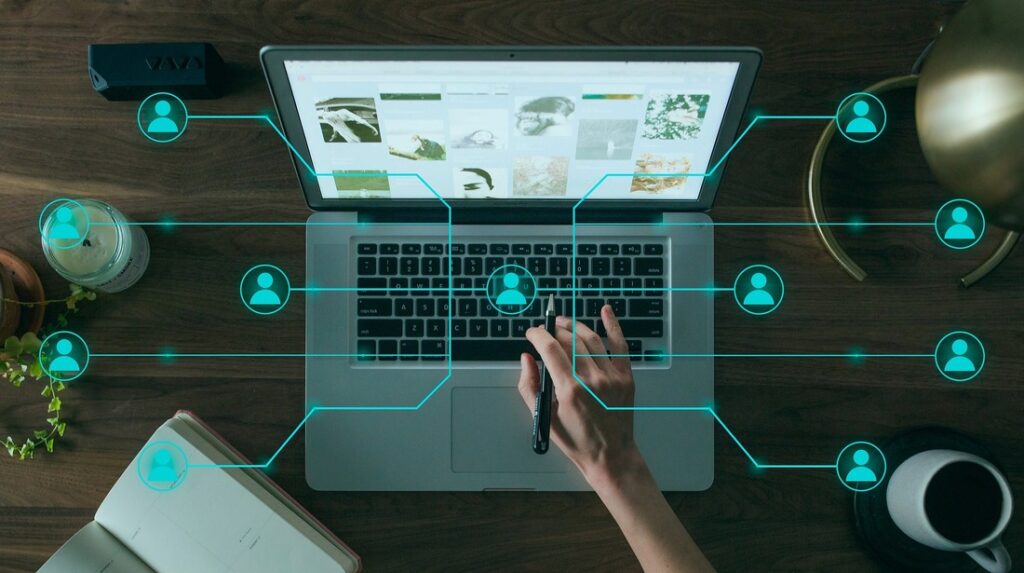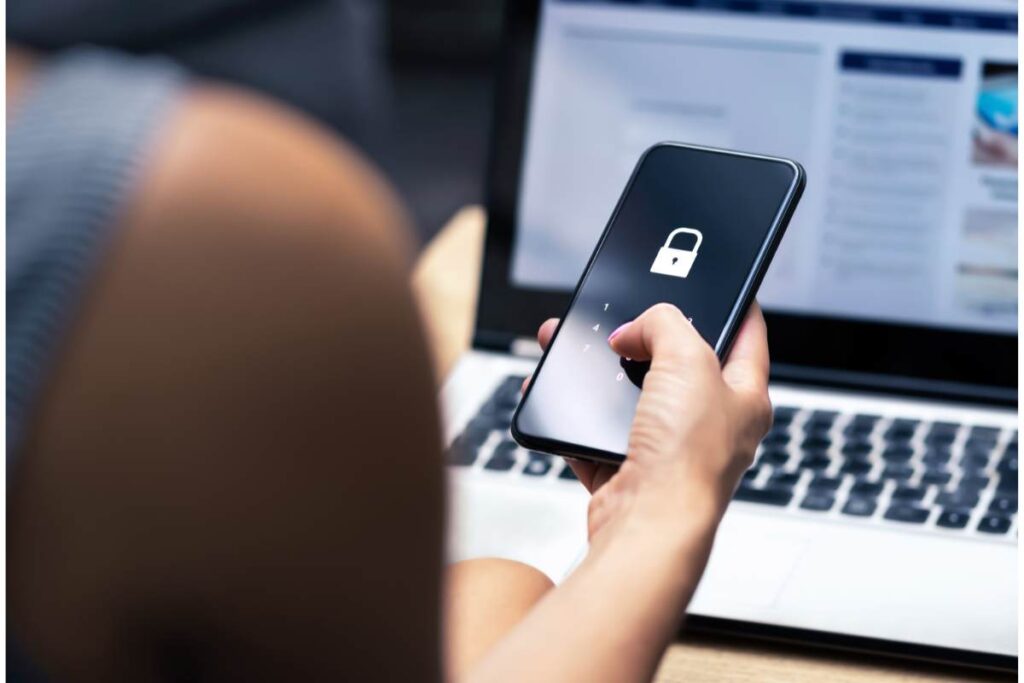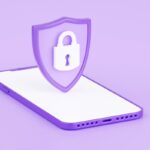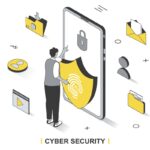Important iPad Security Advice to Protect Your Device and Data

The iPad is a strong and well-liked gadget that works well for various functions, from playing games and checking email to browsing the web and streaming movies. However, taking precautions to safeguard your iPad against theft, loss, and illegal access is crucial, just like with any other device that holds data.
Here are some crucial iPad security pointers to keep your device and data safe:
1. To prevent unwanted access to your iPad, use a passcode.
A passcode is a quick and easy solution to secure your iPad against unauthorized access. Make sure to pick a secure and difficult-to-guess passcode when configuring your password. You can also activate Touch ID, which enables fingerprint unlocking for your iPad.
2. Maintain software updates.
Updating your software is one of the best ways to safeguard your iPad against security risks. Software upgrades from Apple frequently contain security fixes for known flaws. Open the Settings app and select General > Software Update to check for updates.
3. Connect over a secure Wi-Fi network.
Use a secure Wi-Fi connection when using your iPad to surf the internet. Since public Wi-Fi networks frequently lack security, unauthorized parties may access your data. Avoid accessing critical information, such as email or online banking, when utilizing a public Wi-Fi network.
4. Employ a VPN.
A VPN (virtual private network) can assist in keeping your data secure when using a public Wi-Fi network. By using a VPN, you may establish a private, secure connection between your device and the VPN server. Your data is, therefore, less likely to be intercepted by a third party.
5. Turn on two-factor authentication in step
Your Apple ID can be safeguarded using a second layer of protection known as two-factor authentication. You must sign in to your account using your password and a verification code when using two-factor authentication. A code-generating software or text message can produce the verification code and send it to your phone.
A Few Tips to Protect Your iPad from Hackers, Malware, and Viruses
You can do a few things to help keep your iPad safe when it comes to protecting it from viruses, spyware, and hackers.
For starters, consider these two suggestions:
1. Always keep the most recent software updates installed on your iPad.
Installing the most recent software updates is one of the greatest methods to keep your iPad safe. Apple often updates iOS, which typically includes security patches that can help shield your device from the most recent dangers.
Open the Settings app and select General > Software Update to check for updates. Tap on Download and Install to see if an update is available.
2. Give your smartphone a strong password.
Using a strong password for your iPad is another crucial security precaution. If your smartphone is lost or stolen, this will prevent unwanted access.
Open the Settings app, then select General > Passcode Lock to create a password. Select Turn Passcode On, then type a strong password with capital and lowercase letters, numbers, and symbols.
How to Prevent Physical Theft of Your iPad
If you have an iPad, you know how valuable it is as a piece of equipment. It is pricey and includes a great deal of private data. It is crucial to protect your iPad against physical theft because of this.
Here are three ideas to get you started:
1. Use a lock or security case.
One of the best strategies for preventing theft is to do this. If you have a security case or lock on your iPad, it will be much harder for someone to take it, and even if they do, it will be harder for them to use it. You can select a security case and lock that meets your needs and budget from an offered selection.
2. Keep your iPad hidden.
Keep your iPad out of sight when not in use. Included is staying in your car, at your desk at work, or in any other public area where it might be seen and taken. If you must leave it somewhere open to the public, ensure it’s hidden.
3. Use a tracking app
A tracking app might assist you in finding your iPad if it has been stolen. There are numerous tracking apps available, and each of them functions differently. Others can be added after the fact, while some require you to do so before your iPad is stolen. In either case, if your iPad is ever stolen, a monitoring app can increase your chances of recovering it.
You can help prevent physical theft of your iPad by considering these suggestions.
Data Protection for Your iPad Using Security and Encryption Software
It’s critical to ensure that the data on these devices is safeguarded as more companies use iPads as a tool for their staff. Encrypting the data and using security software to block illegal access are two ways to achieve this.
On an iPad, you can encrypt data in a variety of methods. Utilizing Apple’s built-in encryption function is one solution.
Selecting Settings > General > Passcode Lock can be turned on.
All the data on the device will be encrypted once this is turned on.
Utilizing a third-party encryption program is an additional choice. These come in many varieties with various features and levels of security. Disk encryption programs like FileVault and TrueCrypt and container encryption programs like SafeFile and SafeWallet are a few of the more well-liked choices.
Once your iPad’s data is encrypted, consider utilizing security software to keep it safe. Various choices are available; pick the one that best satisfies your requirements. Mobile security packages like Lookout and Norton Mobile Security and security applications like iLock and Password Safe are some of the more well-liked choices.
No of the encryption or security measures you employ, it’s critical to remember that their effectiveness depends on how well the user adheres to security best practices. Examples include:
- Using secure passwords.
- Not sharing passwords with others.
- Avoiding downloading programs from dubious sources.
You can contribute to ensuring that your data is safe and secure by remembering these easy suggestions.

Tips for Using Your iPad Safely on Public Wi-Fi Networks
The iPad is a fantastic tool for staying connected when traveling. To secure your device and data, you should take extra precautions when using public Wi-Fi networks.
Here are five guidelines for using your iPad safely on open Wi-Fi networks:
- Steer clear of sensitive tasks on public Wi-Fi networks. Instead, use your cellular data connection to access confidential information or conduct financial activities.
- Employ a VPN. A VPN (virtual private network) encrypts your traffic and can guard against other network users spying on your data.
- Recognize phishing scams. Be careful of emails and other communications that prompt you to open links or input login information when using a public Wi-Fi network. These can be tries to steal your data.
- Always update your software. Update the software on your iPad regularly. It will assist in plugging any security gaps that potential attackers might try to use.
- Use security software. When using open Wi-Fi networks, your iPad can be protected by various security software. Some of these applications even have virus scanners and can block harmful websites.
By paying attention to these suggestions, you can help keep your iPad secure when utilizing public Wi-Fi networks.
For your iPad and other devices, learn how to make strong passwords.
There are a few essential considerations to make sure you bear in mind while generating secure passwords for your devices. Your passwords should, first and foremost, be lengthy and complex, combining upper- and lowercase letters, digits, and special characters. It would also help if you refrained from using obvious words or phrases like your name or birthdate and never using the same password for multiple accounts. Finally, change your passwords frequently to limit the possibility of hacking.
With these pointers in mind, let’s look at how to make secure passwords for your iPad and other devices.
- Be sure to mix upper- and lowercase letters, digits, and special characters when choosing a password for your iPad. Aim for a minimum length of 8 characters and avoid utilizing words or phrases that are simple to guess.
- Avoid using the same password on several accounts. Use unique passwords for each device, if you have any, to prevent password compromise.
- Consistently alter your passwords. It’s a good idea to replace them every three to six months.
- Be careful not to choose a password containing terms or phrases that are widely used or simple to decipher. Choose a longer, more complex password instead that will be more challenging to decipher.
- You should set two-factor authentication (2FA) and a strong password for added protection. By asking you to enter a code from your phone in addition to your password when logging in, 2FA offers an extra degree of security.
- Change your password immediately if you ever have any concerns that it may have been compromised. For even greater security, you can also enable two-step verification.
You can secure your iPad and other devices with strong passwords by paying attention to these suggestions.






